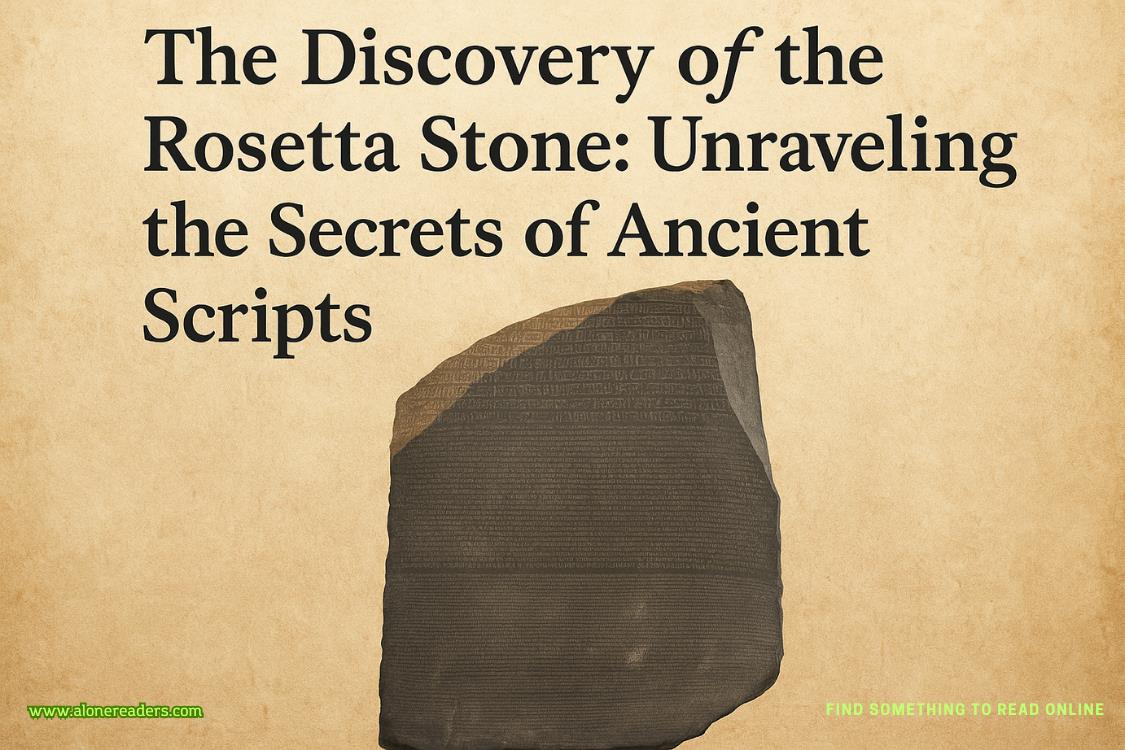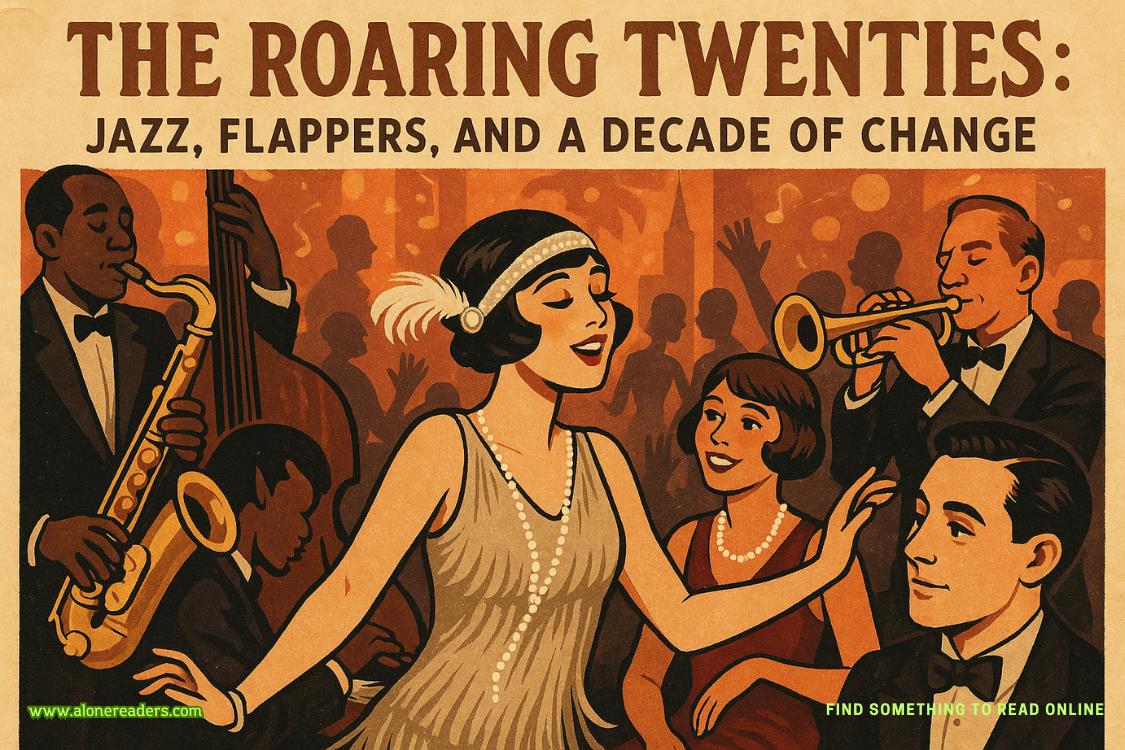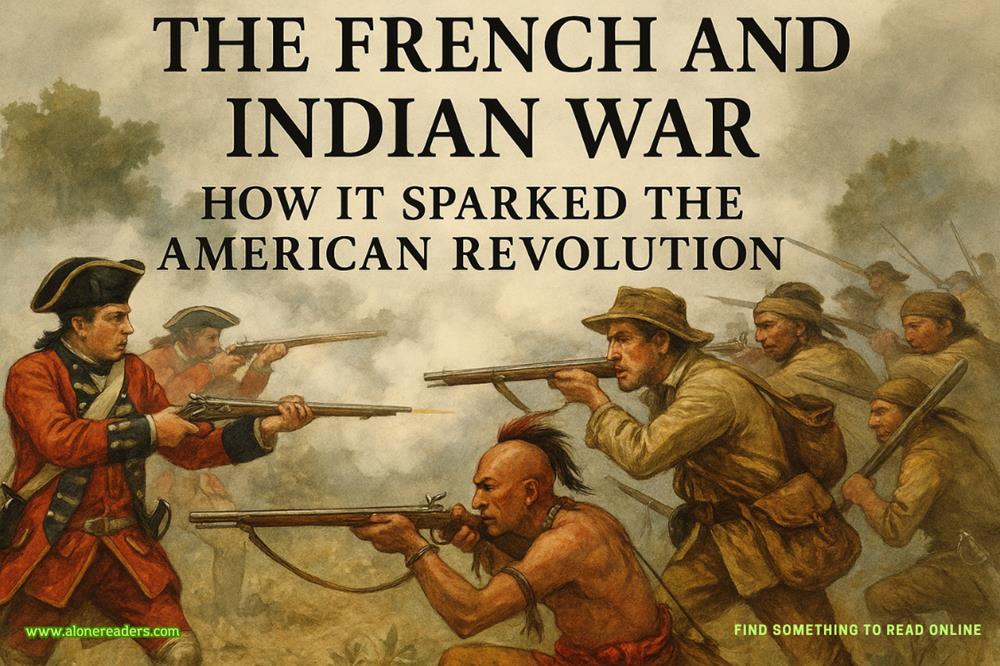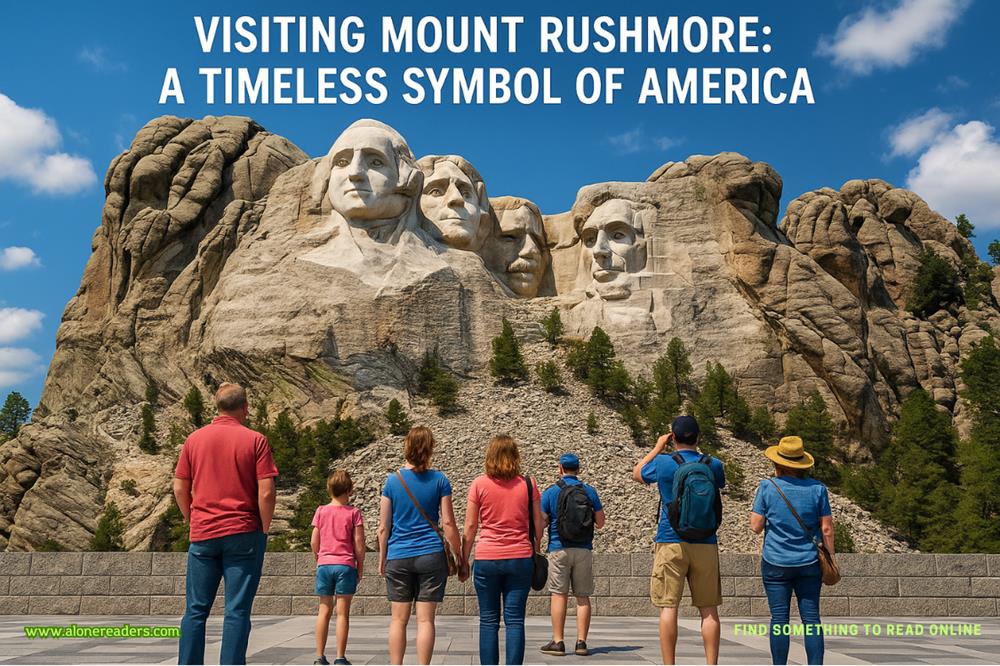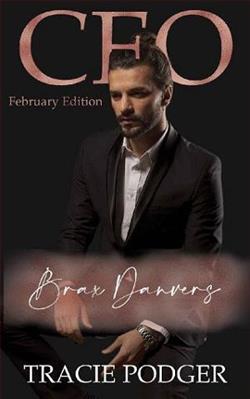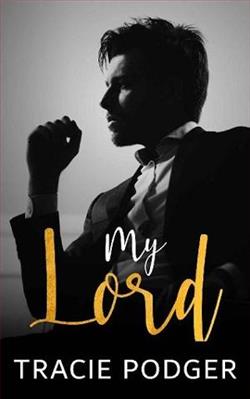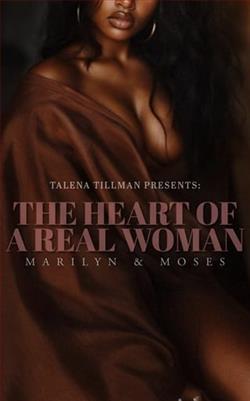Page 9 of Badlands
Sharp drove a few miles before responding. “Corrie, after that Dead Mountain case of ours—of yours, to be more accurate—I began to think my mentoring of you was swiftly growingirrelevant. Watching you at work again today, that feeling has only grown stronger.”
Corrie sat still, throat going dry.
“In my opinion, you’re ready for—lacking a better term—graduation. But there’s red tape involved, and we still have to run out the clock for another five months or so. In the eyes of the FBI, I’m still your mentor. But for now, I’m going to remain well in the background—and see how you handle this case on your own.”
Sharp was always a hard person to read, but this was the last thing Corrie had expected to hear… especially at the start of a fresh investigation like this. She felt a little like she’d just been thrown into the deep end of the pool. “Sir?”
“You heard me. Oh, I’ll have my eyes on you, Swanson. But I’ll only step forward if I see you going off the rails… or you ask for my intervention.”
As she looked back to the blur of highway, Corrie tried to process this development—and how she felt about it. On the one hand, she’d grown accustomed to having a mentor backing her up, taking ultimate responsibility.
On the other hand: now that she was in the pool, she had to admit the water felt fine.
6
THE FORENSIC LABin the basement of the Albuquerque FO was brand-new—the previous lab having burned—and Corrie loved working in it. No expense had been spared, and it was stocked with the latest in forensic tools, including a scanning electron microscope, radiography, and much more. The previous manager of the lab, a tedious old Englishman who had retired under a cloud, had left her as the only forensic specialist in the entire field office.
As she looked around, she couldn’t help but think:This is all mine.
Corrie had arranged the bones of the victim on one gurney; and next to it, on an evidence table, she had laid out the evidence gathered at the site. It made quite a contrast—a meager scattering of animal-chewed bones on one side, and on the other a surface chockablock with bagged evidence. Maybe too much evidence. Perhaps Gradinski had been right and she’d gone overboard. Still, she was glad. It made for more work and was a pain to curate, but at least she could feel reasonably sure they hadn’t missed anything important.
Making a circuit of the human remains, she looked them over again, wanting to get a feel for the bones. It was hard to explain what exactly she was hoping to see, but having spent several years at John Jay intensively studying human bones, and now after a year with the FBI doing the same thing, she realized that bones could give off a vibe—a mysterious sense of the person they belonged to, who they were and how they died—that she could pick up.
And these bones definitely gave off a vibe. Looking beyond the animal damage, she could see they were the bones of a young, healthy person. Gracile. A woman. The teeth were perfectly aligned and brilliantly white—with no cavities or evidence of dental work. And the hair she had collected at the site was blonde.
She had sent off samples for DNA sequencing, and she knew there would be no problem extracting DNA, since there was plenty still in the bones. But unless that specific DNA was in a database—which was unlikely—the genetic tracking down of her identity from DNA through commercial databases, such as 23andMe, could take months.
Which meant she would need to make a facial reconstruction. Her pulse quickened at the thought of it; this was what she lived for. She had taken a degree in forensic anthropology from the John Jay College of Criminal Justice, but she had also studied sculpture and painting. Normally the reconstruction would be done by a forensic specialist, while the final sculpting of the flesh, hair, lips, ears, and coloring would be done by an artist. Corrie was immensely proud of the fact that she could do both.
A soft knock came at the door and Sharp entered. He masked up, his sleepy eyes taking in the room in silence.
“Welcome, Agent Sharp,” said Corrie, feeling a little awkward. He wasn’t reconsidering his decision already—was he?
“Thank you, Agent Swanson,” he said, walking around the gurney, his eyes on the bones. “I just happened to be in the neighborhood. Mind telling me what you’ve got—one agent to another?”
“What I’ve got,” Corrie began, in her most professional voice, “is a probable white female, between twenty-five and forty years of age, around five feet eleven, blonde, in apparent good health.”
“Tall,” said Sharp.
“Yes. The bones have been visually, stereoscopically, and radiographically examined. No sign of injury, no healed fractures, no orthopedic implants, no evidence of trauma. Excellent dental health, good teeth, no dental work. The bones show no signs of unusual labor or repetitive motion.”
“Pity about no dental work.”
Corrie nodded. “Quite a few of the bones are missing, including one femur, both ulnas, one radius, one humerus, both tibias, and some smaller ones. The missing ones are the larger bones, probably carried off by coyotes or other animals. The remaining bones have also been gnawed on fairly extensively, mostly by rodents.”
Sharp nodded. “How long would you say they’ve been out there?”
“That’s a difficult question to answer. Judging from sun damage to the bones, it would be at least two years, probably not more than seven. The condition of the clothing seems to be consistent with that time frame as well.”
“Hmmm,” he said. “Five years—that’s a rather large window to search for missing persons.”
“Hopefully we’ll learn more once the sequencing comes back.”
He strolled over to the table, hands clasped behind his back, peering down. “You have quite a bit of physical evidence.”
“Yes,” said Corrie, feeling defensive despite herself. “I wanted to make sure we didn’t miss anything.”
Sharp nodded.
